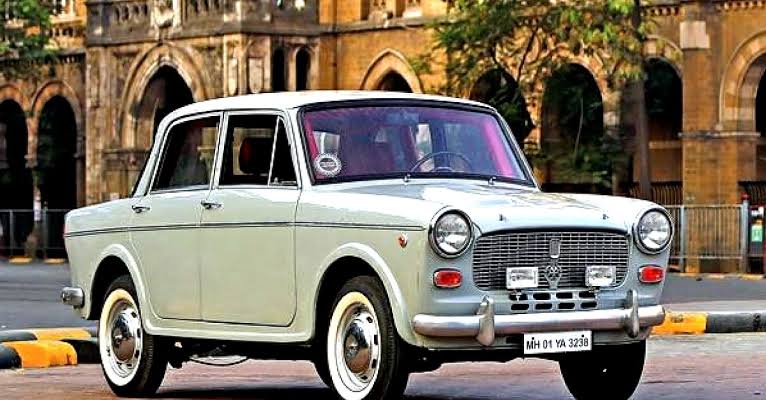According to the finance budget 2021 that was published in February. The finance minister and
prime minister had commenced the scheme called vehicle scrapping policy. This policy helps in
eradicating environmental pollution and controls the pollution. In the policy, they have clearly
mentioned that vehicles will not be tested in case of the age of usage but they consider the
automated testing. In developing countries, the vehicle scrappage policy will have an excellent
impact on India.
The policy is all about testing its efficiency running on the road. Under this scheme, the vehicle
will be tested whether unfit to walk on roads as they can avoid pollution and keep the
environment clean. The policy will be implemented as soon as the vehicle gets registered.
Usually, the vehicle will be fit to use for 15 years. As compared to new vehicles the old vehicle
will start polluting the environment as the years prolonged. Once the vehicle reaches its dead
usage then the users need to dump the vehicle for this they will be receiving an incentive.
The objective of car scrappage policy –
To identify the unfit and polluting vehicles.
To recycle them methodically.
To find out the old vehicle.
These are the 3 major objectives of the vehicle scrapping policy.
The biggest hindrance to the country is pollution, and because of this reason our country still lags
in development. The old vehicles release poisonous gas and this affects the environment. The
scheme or vehicle scrapping policy will not help in reducing the pollution instead resulting in
many other benefits. Recycling vehicles will also help in recycling the things like plastics, steel,
and metals. With the help of this policy, the manufacturing cost will also reduce. By recycling
the old car and old vehicles they will be getting incentives and with the help of this incentive, the
user can buy the new vehicles. This results in a high number of sales of new vehicles.
Limitations of vehicle scrapping policy for different vehicles –
Not all vehicles come under the category but only a few vehicles can opt for the scheme. For
personal vehicles, the age limit is 15 years and for commercial vehicles, the age limit will be 10
years.
The vehicle should go for a fitness test once it reaches the deadline of years.
If the vehicle gets the passed certificate then the particular vehicle can run on the road, if not
then it should go for recycling.
Once the test passes and gets the certificate then for every 5 years the vehicle should go for the
fitness test.
If it fails to get the passed certificate then it goes for dumping and should not run the vehicle on
the road anymore.
From April 1st, 2021 the fee will be increasing for driving the old vehicle on the road. There are
17 lakh old medium vehicles and heavy commercial vehicles in India without a valid certificate.
This is according to the ministry of road transport and Highway. The light motor vehicle which
is more than 20 years old will be costing over 51 lakh.
According to the new system, the registration fee for a motorcycle will cost around 300 INR. For renewal for registration, the cost will be around 1000 INR. This higher fee on vehicles had discouraged the people to keep the old vehicles. In case people were owning imported vehicles then the renewal registration would cost over 2500INR when compared to 10000 INR as a normal fee.

